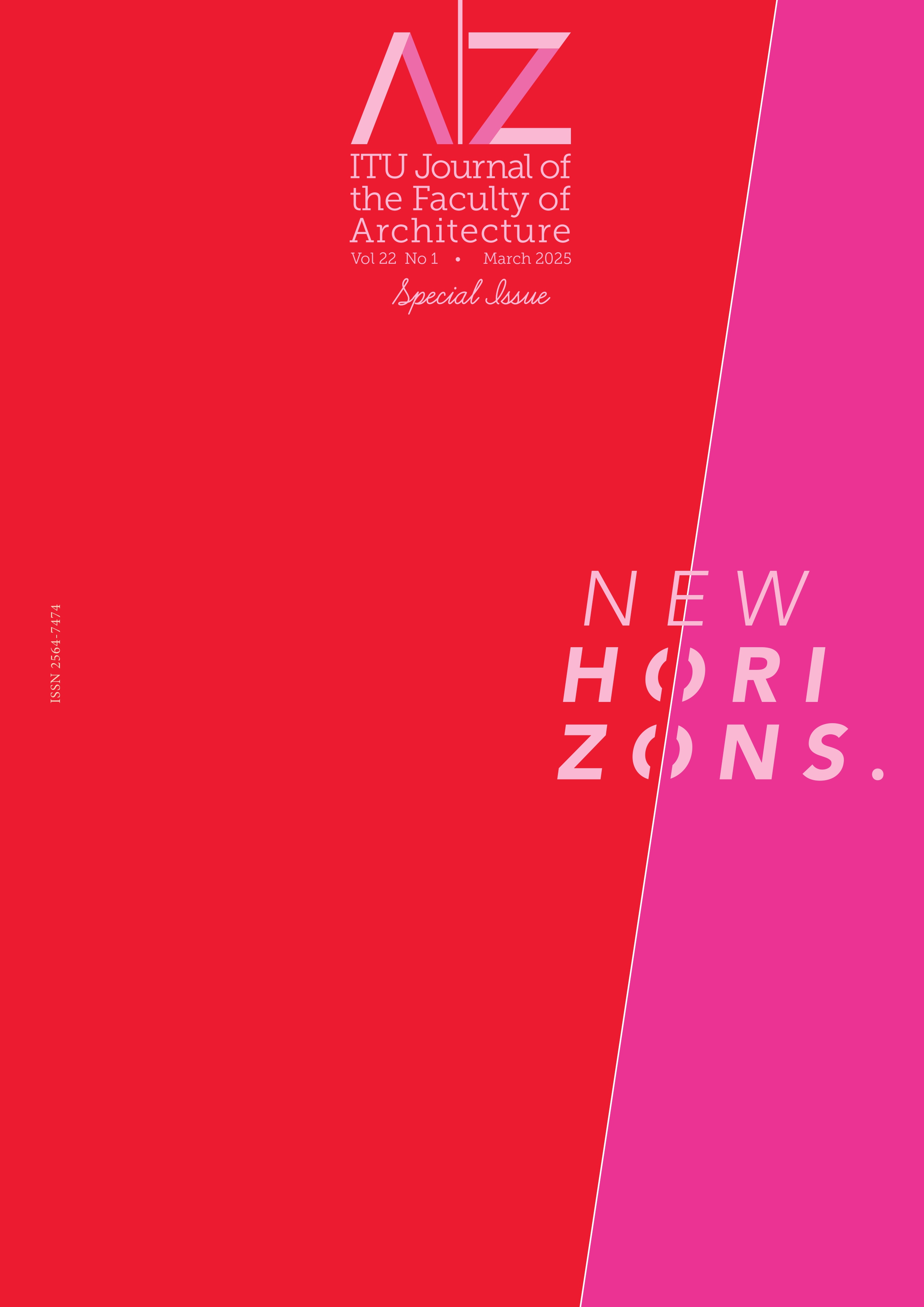Published 2025-03-31
Keywords
- New materialism,
- Non-representational theory,
- Socio-materiality,
- Theory-practice divergence in architecture,
- Transversality
Abstract
Architectural theory in the late 20th century, which often borrowed concepts and theoretical frameworks from other disciplines including post-structuralism and Marxist critical theory, faced criticism for failing to stimulate architectural practice and its eventual exhaustion. This theoretical crisis, coinciding with recent global crises, has led to a broader disciplinary impasse. In response, there is an urgent need for new perspectives to redefine architectural theory. This study introduces the new materialist perspective as a novel framework for understanding the complex fabric of reality, as a foundation to redirect architectural practice toward addressing real-world challenges. It proposes a conceptual cartography of architectural theories that critiques past issues in the theory-practice relationship and suggests solutions grounded in the new materialist perspective. This article adopts qualitative research, employing a cartographic strategy as its research methodology to present a cartography of architectural theory. It draws upon texts on architectural theory literature, new materialist philosophy and architectural texts that have been influenced by the new materialist perspective. The proposed cartography examines the adverse impacts of philosophical traditions on architectural theory and practice, while exploring potential frameworks derived from new materialism that emphasize transversality, socio-materiality, and non-representational approaches in architecture. Within this tripartite framework and cartography, conceptual trajectories are proposed to foster transversal disciplinary collaboration, situate practices in concrete conditions, and emphasize material realities. Ultimately, it aims to guide architectural practice in effectively addressing contemporary global challenges.


